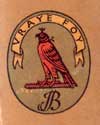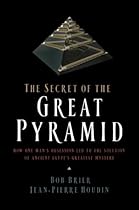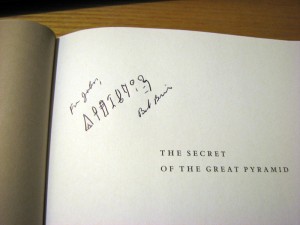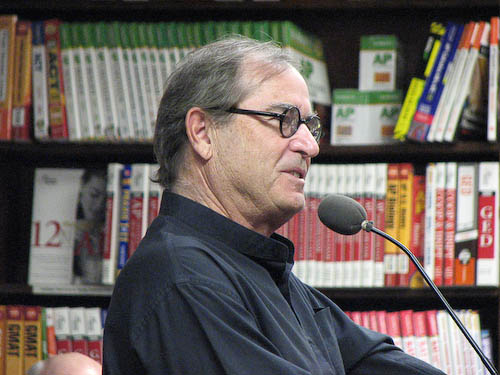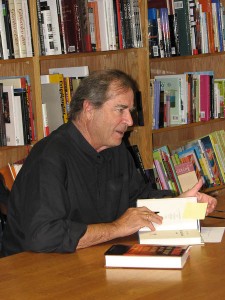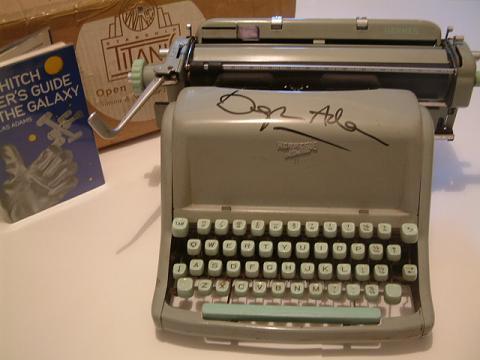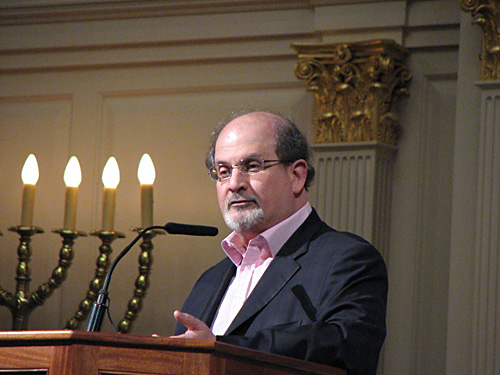[Read 2/01/2008] Science Fiction. 1968

I’ve watched the movie (Blade Runner) based on this book about 4-5 times now, and plan to watch it again; but only now have I read the book. Wow. I thoroughly enjoyed this novel, and I can see why people call it a classic. The edition I read was part of the Library of America edition of “4 novels of the 1960’s”, which included 3 other Dick novels: The Man in the High Castle, The Three Stigmata of Palmer Eldritch, and Ubik. I like the quality of Library of America books; this volume will last a few lifetimes!
There are significant differences between the book and the movie. I have to say that while I really enjoy the movie, the book as they say, is better. The movie relies on dark sets for “mood”, and the androids (“andys” in the book, “replicants” in the movie) are a lot more militaristic in the movie. \n\n
The basic plot is of a future where radioactive fallout from a world war has forced most of humanity to emigrate to colonies “offworld”. To help the colonists, humanoid robots (androids) are created as servants. The more recent models are indistinguishable from humans (hey! Cylons!). The only way to tell humans and androids apart is by application of a psychological “empathy” test. Since androids lack empathy, they fail. What happens when a deviant human (without empathy) takes the test is not explored.
Rick Deckard is a bounty hunter working for the San Francisco police. His job is to hunt down and “retire” (kill) androids – because by law they are illegal on Earth. Eight androids mutinied from a colony world and are loose on earth, and all happen to be in the San Francisco area. Rick spends the novel tracking down 6 of them (his predecessor got 2 – and now he’s in the hospital).
The development of Rick’s character in the book was very engaging. Yes, I felt empathy. He hooks up with Rachel – an android from the Rosen Corp (which manufactures the androids). Unlike the movie, Rachel learns early that she is an android, and just accepts it.
One of the ideas in the book is “Mercerism” – where people empathically connect with some guy Mercer who is trudging up some hill in an obviously Sisyphean task. Anyone holding on to their Empathy Box will join all the others currently holding on to theirs, including Mercer. I don’t really get the point to doing this (masochism?). Also in the story is a more appealing machine: the Penfield Mood Organ. You can dial in any mood you want, i.e. “Total Bliss”, or “Desire to watch tv no matter what is on”, or the recursive “Desire to dial in a mood”.
Note that in the book there is a ~2year lifespan for androids, but it is not intentional; they simply can’t get the body cells to last longer. In the movie there is an artificially imposed 4yr lifespan – in other words no technical reason that androids have to die (young). This adds an extra dimension to the movie, as it turns out Rachel was actually created without an expiration date.

